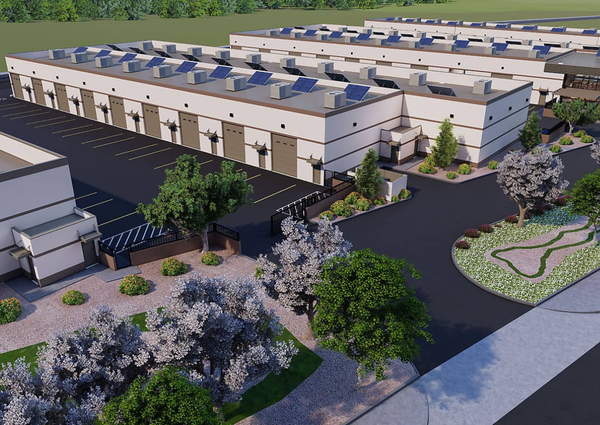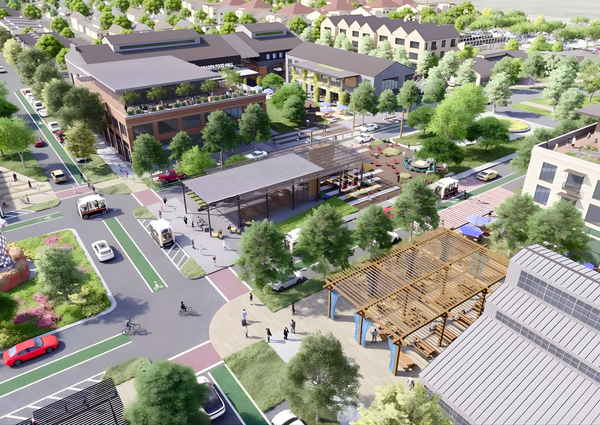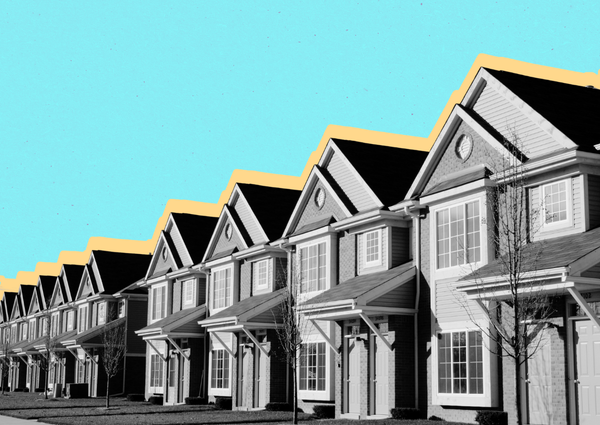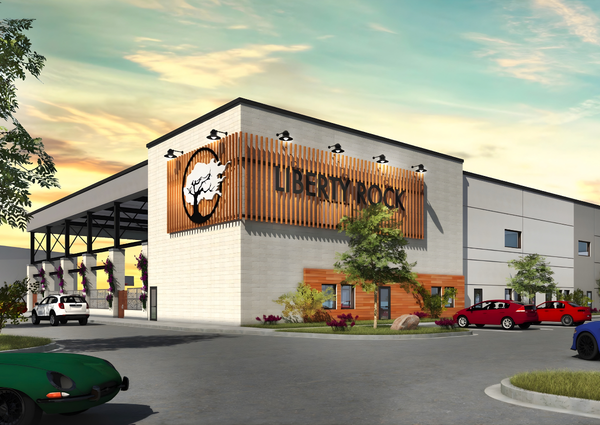The rare moment Sacramento gets to redesign itself—and it’s happening now.
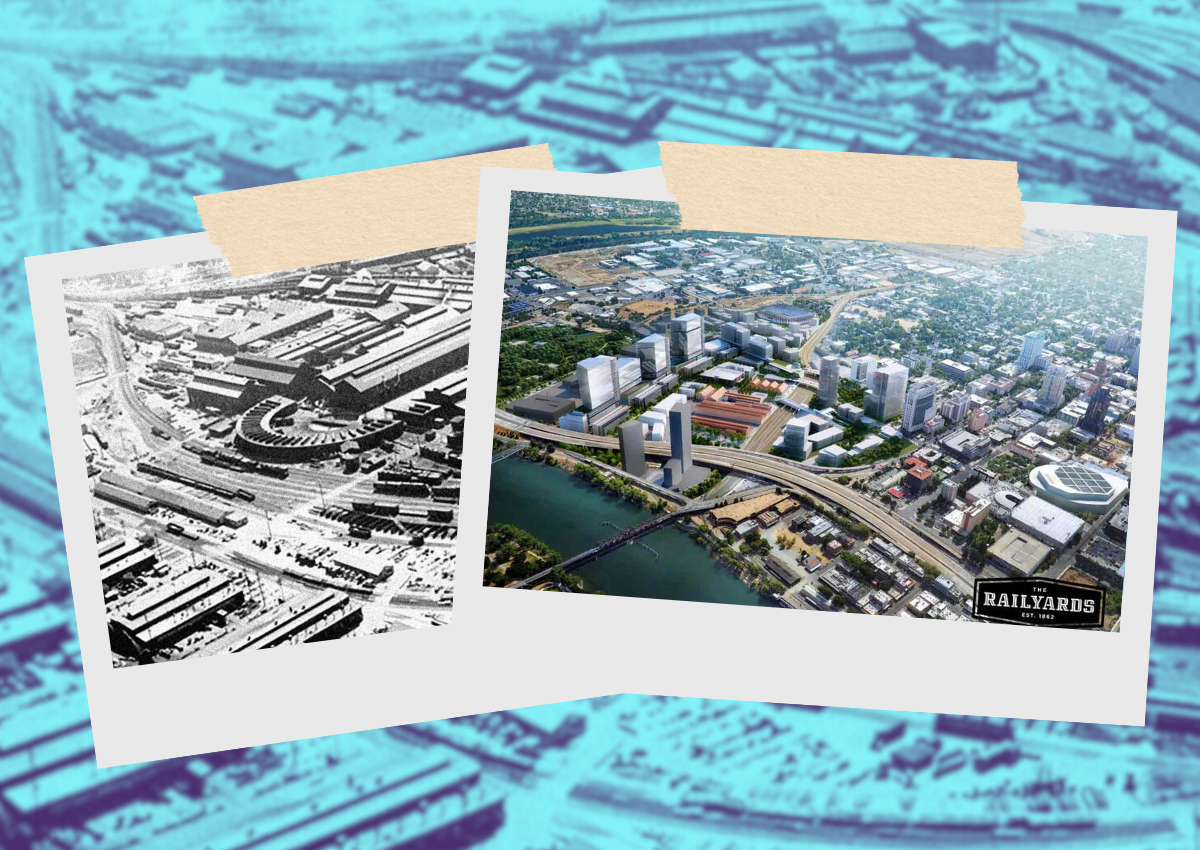
For decades, the Railyards, the River District, and West Sacramento's Bridge District were the kinds of places you passed by without thinking twice. If you noticed them at all, it was probably from the freeway—rusting warehouses, dirt lots, forgotten silos. These were the leftovers of Sacramento's industrial past, frozen in time while the city sprawled outward.
But stand in any one of these neighborhoods today, and something feels different. Cranes cut across the skyline. Housing rises from old rail beds. Riverside trails wind through places once lined with barbed wire. What's happening isn't just redevelopment—it's something much more rare. Sacramento is actively rewriting parts of its DNA.
These three districts—tucked around the edges of downtown and the riverfront—are being transformed into dense, walkable neighborhoods with housing, transit, green space, and culture all baked in. And for a city that's often struggled to define what comes after "government town," this moment might finally offer an answer.
The Railyards
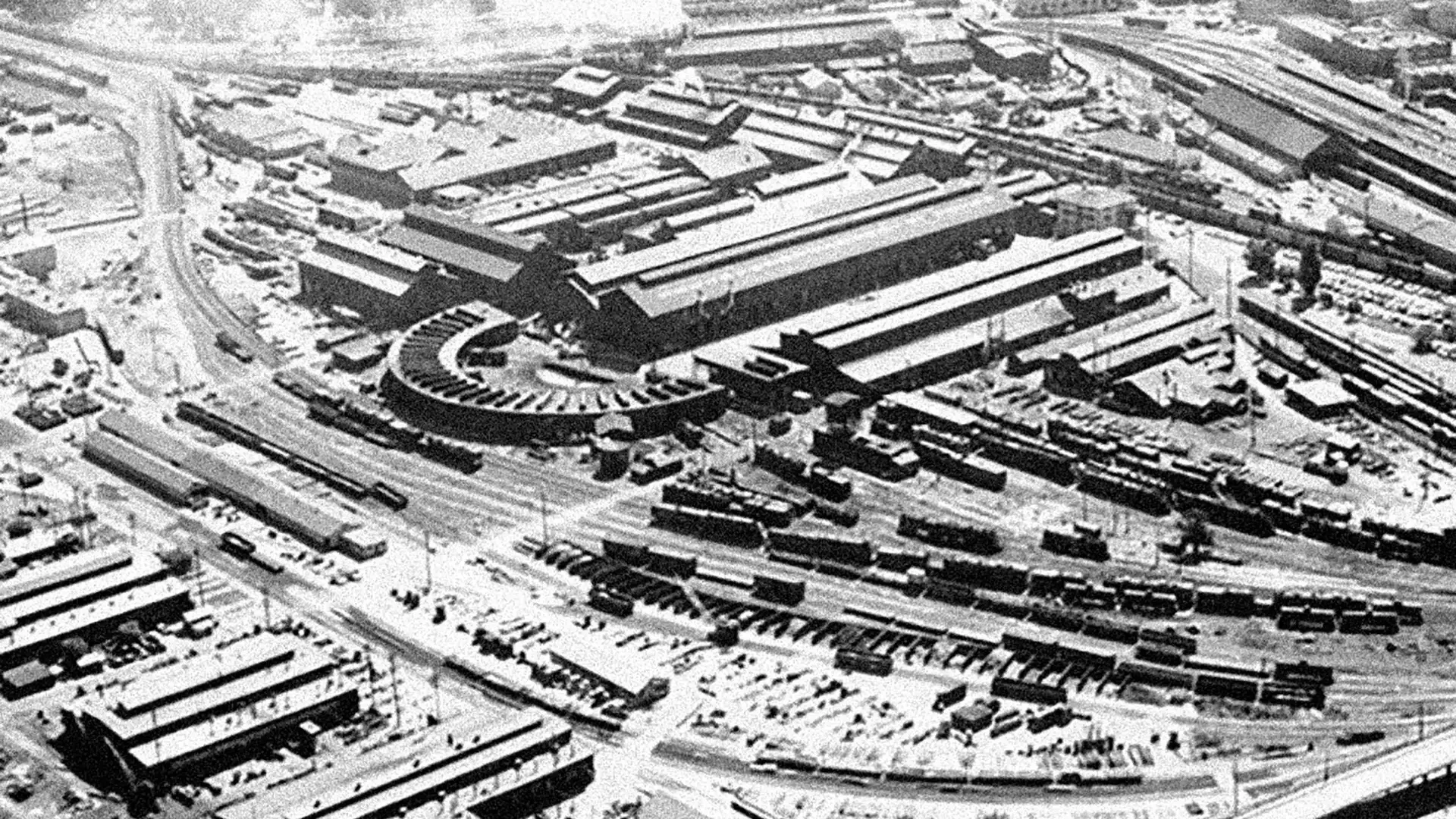
The Railyards was never just another brownfield. At one point in the early 20th century, the site employed about a third of the city's workforce. It was the engine room of Sacramento, the western terminus of the transcontinental railroad, and the largest industrial complex of its kind west of the Rockies.
That identity collapsed in stages. The rail industry declined, the buildings decayed, and by the 1990s, the 244-acre site just north of downtown was fenced off and left behind. For years, the biggest hurdle wasn't what to build—it was whether building was even possible. The yard's operations left behind a range of pollutants and required years of environmental cleanup—soil and groundwater laced with petroleum, solvents, and metals had to be cleaned under intense state supervision before anyone could break ground.
Now, signs of change are finally visible. The Wong Center, offering 150 affordable senior units, opened in 2024. The A.J., a 345-unit apartment building, welcomed its first tenants in April 2025. The site also features a new state courthouse and ongoing work on a $1.5 billion Kaiser Permanente medical campus. Soon, a 12,000-seat stadium for Sacramento Republic FC will follow, with construction expected to begin this year.
Not everything is moving quickly, but unlike earlier cycles of hype, this time the projects are tangible. They're visible. And they're happening.
The Railyards today
The River District
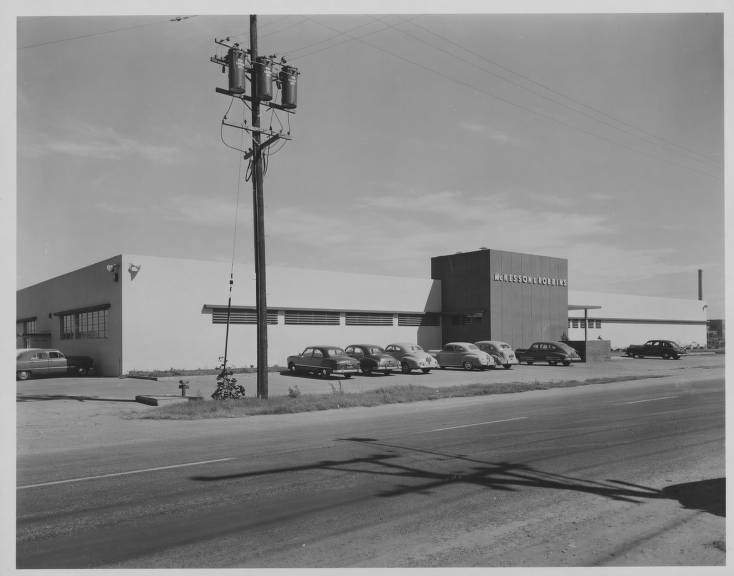
Just north of the Railyards, another forgotten zone is being slowly reshaped. The River District, once known as the Richards Boulevard industrial corridor, used to be where Sacramento tucked away things it didn't want to think about: warehouses, public housing, a state printing plant. But it's also one of the most strategically located areas in the city—sitting right between the American River, the Sacramento River, and the downtown core.
Now, the area is being rebuilt. Township 9 is leading the way with new residential buildings and open space along the American River. Ten buildings are up so far as part of The Hayley, a modern apartment complex with a pool and clubhouse. Full plans for the 65-acre area call for over 2,000 homes and a mix of offices, retail, and a hotel.
Mirasol Village, located a few blocks away, replaced the city's old Twin Rivers 218-unit public housing complex with a 427-unit mixed-income apartment community. It's one of the largest public housing transformations Sacramento has seen in decades.
Transit is leveling up too. In 2024, construction began on Dos Rios Station, a $43 million Blue Line light rail stop funded through a mix of federal, state, and climate equity grants. When it opens in 2026, it will tie Mirasol Village—and the broader River District—directly into the regional network.
There's also a new civic presence in the River District. The May Lee State Office Complex opened in April 2024. Four interconnected, all-electric buildings spanning 1.25 million square feet replaced the old printing plant. The office complex will house 5,000 state workers. The campus includes childcare, cafés, and plazas and is the largest zero-carbon office complex in the country.
The River District still feels transitional. It's a mix of new and old, empty and active. But the city's intentions are clear: this isn't an industrial edge anymore. It's part of the city core.
The River District today
The Bridge District
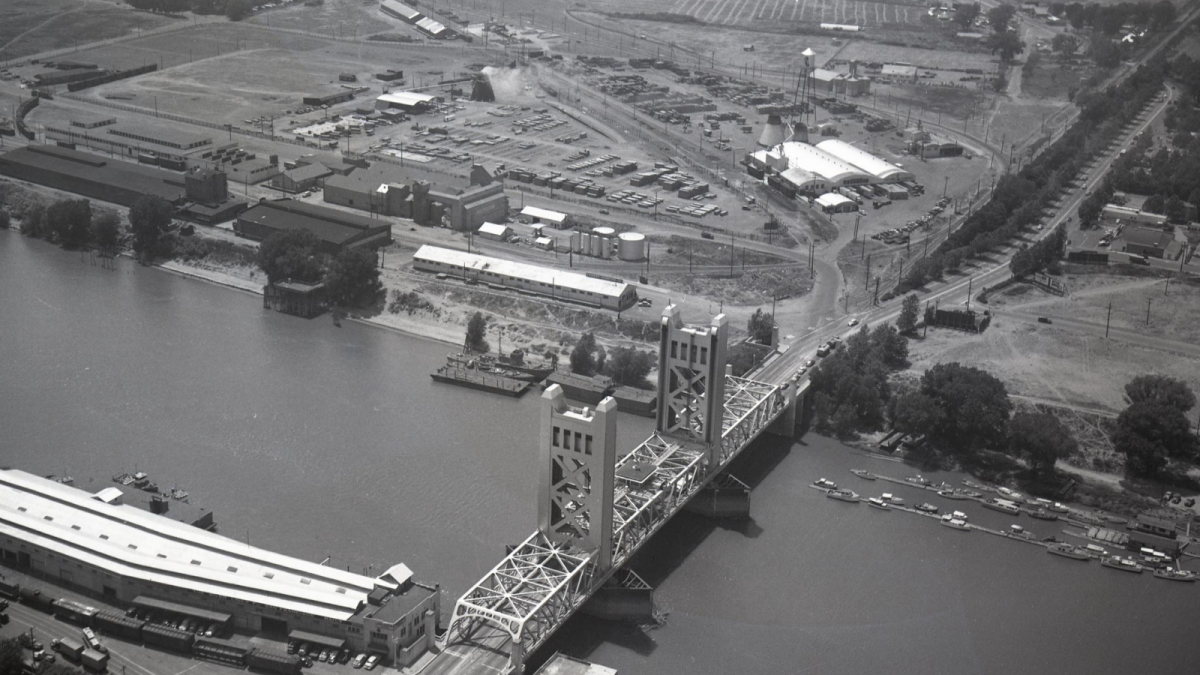
Across the river in West Sacramento, the Bridge District has taken a similar path.
Once home to rice mills and empty warehouses, this 188-acre stretch was reimagined starting in the early 2000s. West Sacramento embraced LEED-certified building standards before it was trendy, built walkable streets from scratch, and pushed for a public realm that felt intentional.
Public space came early. The Barn, a large wooden pavilion that now serves as a beer garden and music venue, was one of the first landmarks to open. Adjacent to the venue is a community garden that hosts regular planting and harvesting nights led by local growers.
Hundreds of homes have already been built—ranging from apartments and townhomes to live-work lofts—and thousands more are in the pipeline. New projects continue to fill in the gaps, following the bones of a plan laid out more than two decades ago.
The River Walk trail ties it all together. It runs along the water's edge, connecting residential buildings with parks and public art, and offering uninterrupted views of Sacramento's skyline.
On warm evenings, the Bridge District feels less like a new development and more like a neighborhood finally settling into itself.
The Bridge District today
Why this matters now
There's no promise that any of these districts will unfold exactly as planned. Housing markets shift. Projects stall. Transit plans change. And communities don't grow just because someone poured concrete.
But right now, Sacramento is standing on unusually fertile ground. Few cities get this much room to rethink themselves so close to their center. These districts, once overlooked, are now blank pages within walking distance of the Capitol. What's written there next could change how the city functions for decades.
If the city gets this right, the next generation won't remember the Railyards, River District, or Bridge District for what they used to be. They'll know them simply as parts of the city.


